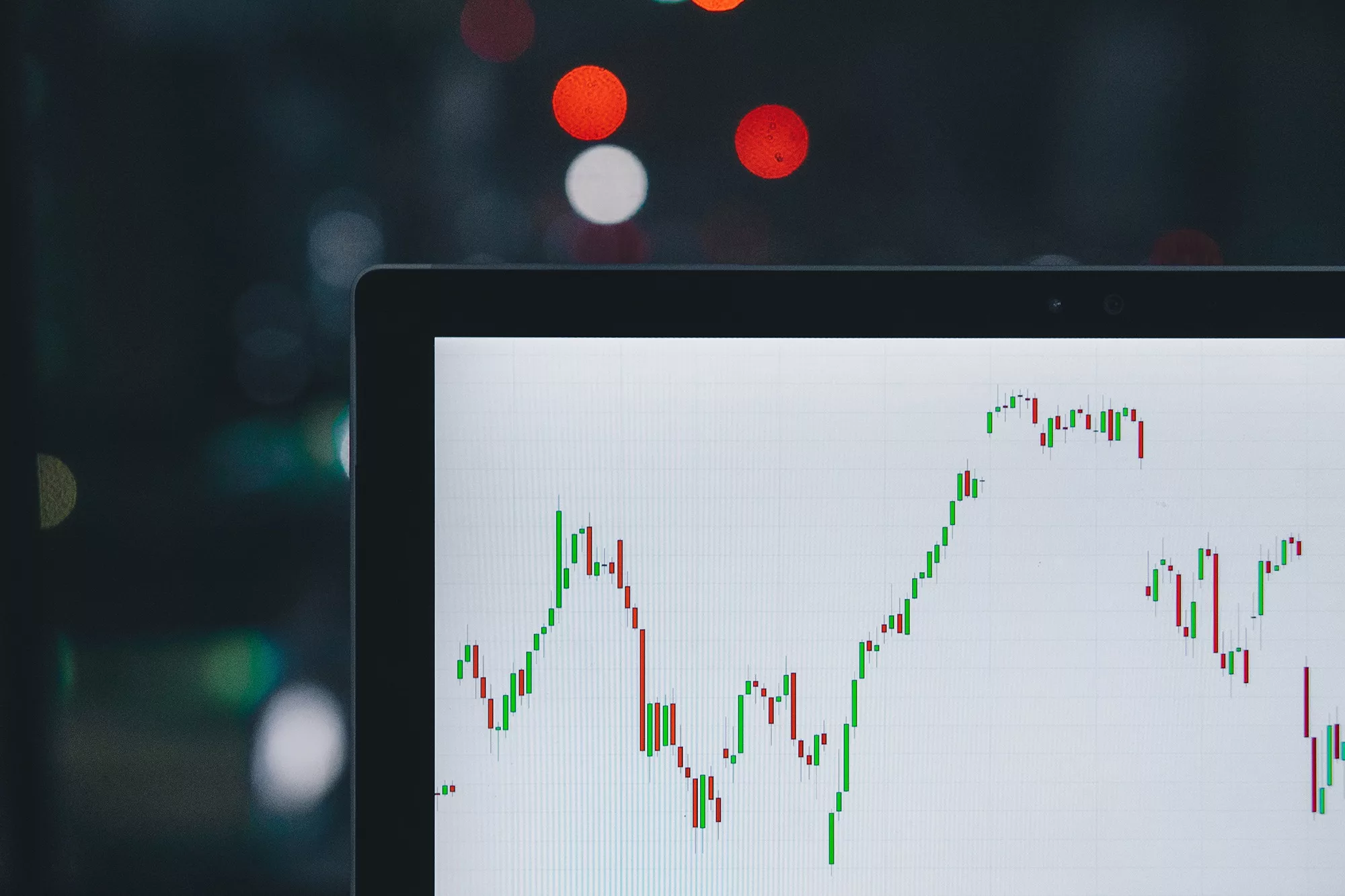Okay, so we know that sustainable and responsible investing (SRI) has become quite the topic these days as assets pour into the various funds now available. It’s hard to imagine that this industry has been around since the 1970s. There is now more than $12 trillion invested in sustainable ways, which is 1 out of 4 of the total assets under management in the US. We have seen more change over the past five years versus all other years prior. And this is a good thing, right? SRI is growing because investors are realizing they can have a say in and align their values with their portfolios without any compromise of risk or return. So where is this rapidly expanding field headed? Here are some themes and trends that could shape SRI into the 2020s.
The Companies Most Exposed to Climate Change
It’s clear there is no arguing that climate change is upon us. With the recent news of 415 ppm of CO2 in the air, it is also clear that companies exposed to the ramifications of climate change could be in trouble. Take the effect of recent weather calamities on corporate earnings. During the 2017 hurricane season, CVS Health took on about $57 million in losses due to closure of over 1,200 of its 10,000 locations. New York City’s utility Con Ed spent over a billion dollars after seawaters rose due to Superstorm Sandy. Northern California’s public utility, PG&E, took a knockout punch with the wildfires and has since declared bankruptcy. Clearly, climate change is hitting the pockets of these publicly traded companies. With these large companies getting hurt in their wallets comes the data management companies looking to quantify how this may affect corporate earnings.
Many companies like MSCI and Sustainalytics are already pushing out environmental, social, and governance (ESG) data. More recently, a small data management company out of Berkeley, CA, called Four Twenty Seven, developed a scoring system for all big companies in the US, which assesses the companies that are most at risk due to heat stress, sea level risk, supply chain risks, etc. The report shows us that companies with headquarters or data centers in cities like Baltimore and Miami could hold risks that are unbeknownst to many. Atop the list for most exposed to climate change was Norwegian Cruise Lines due to most of its facilities/headquarters located in Miami. Other companies that were on top of this list were data-storage companies sitting near rivers or flood-prone areas. This new climate overlay data also helps companies determine where they can make changes to mitigate potential problems before they hit the shore. Wall Street is now paying attention to more than just quarterly earnings.
Fair Wages? Not if the CEO is Making 1,000 Times Its Workers
With all of this transparent data showing up these days, one factor being scrutinized is executive compensation. Due to recent regulations, it is now required for publicly traded companies to publish their CEO-to-worker pay ratio. That’s right; you now may know exactly how much your boss is making compared to you. One factor that goes into the computation of ESG factors is executive compensation. Shareholders will have a good sense if the hedge honcho was overcompensated relative to their peers. In 2018, chief executives at the biggest public companies got an 8.5 percent raise, with the median wage at about $11 million per year. One example of shareholders putting pressure on the CEO is Robert Iger of Disney, who earned $65.6 million. Disney shareholders were upset about his pay, and 52 percent of shares cast at the annual meeting voted against the compensation packages for their top executives.
Along with this comes what is called reputational risk. How is the reputation of a large firm tarnished if the CEO is buying $50 million mansions while the average employee lives on minimum wage? Ten years ago, ultra-hipster trendy clothing company Abercrombie & Fitch became a prime example of this risk. When the CEO (who was named one of the highest paid but worst performers in 2009) stated that his clothes were for the “cool kids,” the stock tumbled from this remark and the CEO was canned. Clearly, stock price and value are tied into how its leader is being compensated, whether under or over. Let’s hope this data leads to CEOs being compensated more in line with what their worth actually is.
So Many Choices and the Rise of Robotic Advisors
With the big players and institutions getting involved in this movement, it makes clear sense that there will be a plethora of choices for us average-joe investors to pick from. We are now seeing numerous choices for investors who are more comfortable going the digital route when it comes to investing sustainably. Now termed “Robo Advisors,” these platforms offer a sustainable portfolio unique to each investors goals and risk profile. The primary audience at this point is the 25- to 35-year-olds who want to align their financial life with their social and environmental values but don’t necessarily have the knowledge or time to do so. They are also comfortable taking the less personal approach when it comes to investing. The number of digital investment advisors with sustainable and responsible options continues to grow. Some platforms who are offering this type of service include Swell and Sustainfolio (disclaimer: this is the author’s sustainable investing platform). As we all become more (or less) comfortable using our smartphones for practically everything, it only makes sense that these robotic investing platforms will continue to see interest into 2020 and beyond.
Plastics Are Not the Future
The images of whales continuing to wash up along the San Francisco bay have to get people and investors to open up their eyes. Today, plastic is everywhere, including the stomachs of these ancient beautiful creatures’ stomachs. And this needs to change. An estimated 8 billion metric tons of plastics have been produced over the last few decades. Almost 80 percent of this has nowhere to go except landfills or our planet’s oceans, etc. And companies all over the world are realizing that this is and will become a liability for them. Numerous commitments toward reducing the use of plastic packaging has come out from very large companies. For example, Starbucks will eliminate plastic straws from its stores worldwide by 2020. Cutting straws from its 28,000 locations will eliminate an estimated 1 billion straws each year. Companies using excessive amounts of plastic have already started looking for alternatives. Companies with large amounts of revenue derived from paper-based packaging may stand to benefit for the foreseeable future as investors realize that plastic use gets scrutinized by investors.
Data Data Data, Where Have You Been?
(Sounds like a cool jingle right. Pharrell Williams, are you reading this?)
With the ever-exploding available data out there, it is no surprise that the investment industry has been keen on gathering as much of it as possible. This data may have always been available, but now the ability to rapidly gather and then decipher it is now possible. It has been said that over the last two years alone, 90 percent of the data in the world has been created. Wowser! ESG metrics can now be found free of charge via Yahoo Finance and their partnership with Sustainalytics, and it seems like this “free” data will continue to become available to all investors as more data-mining firms release it. Organizations such as the Sustainability Accounting Standards Board (SASB) have made major progress in creating reporting standards. SASB recently released 77 industry-specific accounting standards that help investors understand how issues can impact a company’s financial performance. This ESG data helps investors add value to their portfolios and also measure any potential risks or opportunities that may exist when investing in a company.
Overall, it is clear that companies who address ESG issues are rising to the top. Investors are demanding transparency, and this data has become the catalyst for shifting towards sustainable investing. Solutions that help make the planet a better place will continue to garner interest, thus leading to more efficiencies and profitability for those ready to make a change. For companies and investors who do not decide to take this route, they may soon realize they are holding onto something that no longer holds value.





